News
ACRC vows to address urban development challenges in 12 African cities, including Borno
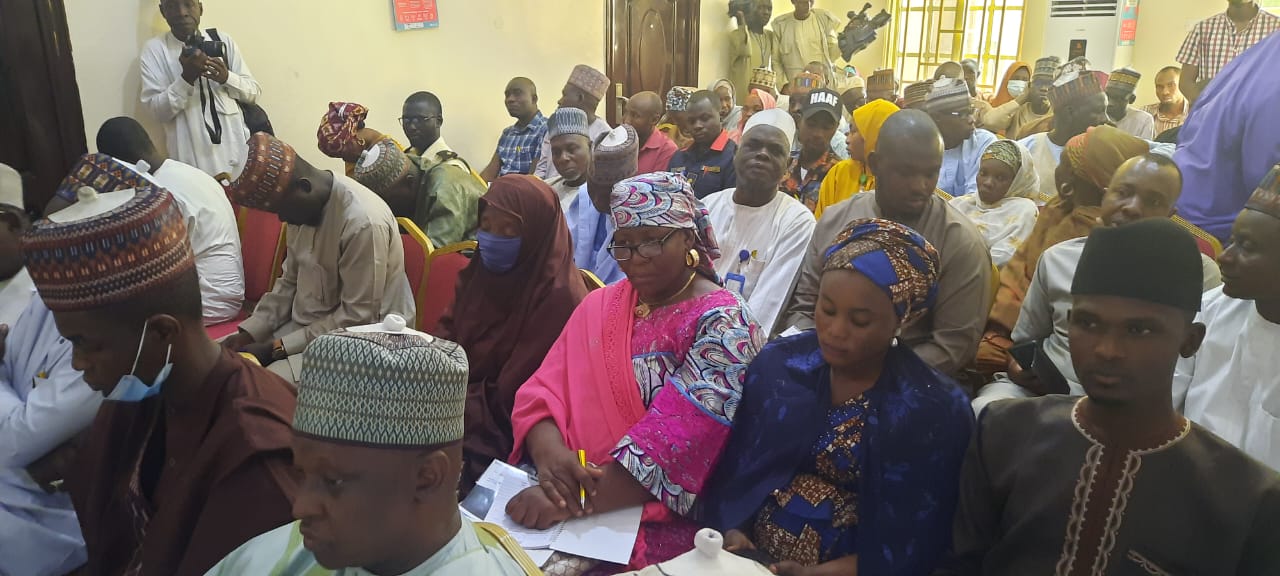
ACRC vows to address urban development challenges in 12 African cities, including Borno
By: Our Reporter
The African Cities Research Consortium (ACRC) has vowed to tackle urban development challenges in Africa’s rapidly changing cities.
According to the Research Consortium, Maiduguri, the Borno state capital is one of the 12 African cities in which ACRC engages communities, researchers, agencies, state actors and other stakeholders in urban transformation.
Unveiling the challenges of urbanization yesterday in Maiduguri at the ACRC stakeholders’ research uptake Workshop which took place at Duijma International Hotels, Babakura Bukar, the Research Uptake Lead, disclosed: “Young people face many challenges including lack of access to high quality education, unemployment, drug abuse and exclusion from formal decision-making processes.”
The Media, Academia, Traditional Rulers, Religious Leaders, Civil Society Organizations, CSOs, Non- Governmental Organizations, NGOs among others attended the Workshop.
Bukar lamented that most of the young people remain optimistic about graduating from schools to gain decent employment opportunities, but to no avail.
Besides, he added that despite several safety and security interventions in the last decade of Boko Haram atrocities, there are reported cases of periodic clashes among youth’s groups in some communities.
“There were mobile phone snatchings and burglary,” he said, forcing many residents in low-income areas to resort to locally mobilized self-defense.
The ACRC themed: “Tackling priority complex problems to unlock urban systems,” was to explore positive transformation that leads to economic growth, improved well-being and inclusive development at all levels.
According to him, the inclusive development of cities comprises political settlement, land and connectivity, safety, as well as youth and capacity development in Borno state.
He noted that the Boko Haram insurgency has impacted on the trajectories of developmental pattern of the Maiduguri city.
On the potential domains of the Research Consortium, he said that they included housing, informal settlement, health and well-being, youth capabilities and economic development.
“African cities growth has been dependent on natural resources and, with urbanization without significant levels of structural transformation,” he said.
According to him, it has failed to lay the foundations for future prosperity in most of the African countries.
Besides, he added: “Increasing growth has led to more opportunities and the potentials to reduce poverty, but livelihoods remain difficult for low-income households in urban areas on commodity markets for their basic needs of life.
Bukar attributed the challenges of urban development to lack of access to services, including portable water, sanitation and waste management and the impact of pollution from household and commercial activities.
“They have led to poor health in low-income neighborhoods in the 12 rapidly changing cities in Africa,” he noted.
The Borno State Commissioner of Environment, Yerima Saleh, while declaring the ACRC Stakeholders’ meeting open, disclosed: “The problems we have in our society is the management and control of population,” adding that this is related to discipline among the residents.
Continued; “When governments provide infrastructure like drainages, then the people dump refuse there and this creates environmental challenges.”
The Director of ACRC, Martins Atela, in a virtual presentation from Nairobi, Kenya, sought support of the Federal and State governments in the implementation of research findings on Maiduguri city.
ACRC vows to address urban development challenges in 12 African cities, including Borno
News
NCoS Dismisses Claims of Prisons as TB Hotbeds, Reaffirms Strong Disease Control Measures

NCoS Dismisses Claims of Prisons as TB Hotbeds, Reaffirms Strong Disease Control Measures
By: Michael Mike
The Nigerian Correctional Service (NCoS) has rejected claims that custodial centres across the country have become “hotbeds” for tuberculosis (TB), describing such assertions as misleading, alarmist, and unsupported by verified data.
In a press statement issued on Sunday, the Service spokesperson, Jane Osuji faulted a report published by Daily Trust on January 3, 2026, titled “How Nigerian Prisons Became Tuberculosis Hotbeds,” insisting that the narrative failed to reflect the realities within Nigeria’s correctional facilities.
According to the NCoS, while it welcomes responsible media engagement on public health and inmate welfare, the report relied on sweeping generalisations and unverified claims, despite the Service having provided the reporter with detailed and factual information on tuberculosis prevention and treatment in custodial centres.
“The portrayal of custodial centres as unchecked tuberculosis hotbeds is misleading and unfair,” the Service said, adding that some of the names and cases cited in the report do not exist in the records of any correctional facility known to the Service.
The NCoS noted that tuberculosis remains a global public health challenge affecting both custodial and non-custodial populations, stressing that Nigeria’s TB response is coordinated by the Federal Ministry of Health through the National Tuberculosis, Leprosy and Buruli Ulcer Control Programme (NTBLCP), in line with World Health Organization guidelines.
It explained that the Service is an active stakeholder in the national TB response, operating health clinics across custodial centres nationwide and working closely with the NTBLCP, federal and state ministries of health, non-governmental organisations, and development partners.
These collaborations, the Service said, support routine TB screening, laboratory diagnosis, treatment initiation, adherence monitoring, and referral to secondary or tertiary health institutions where required. Inmates diagnosed with tuberculosis are placed on nationally approved treatment regimens at no cost.
The NCoS further outlined that healthcare management in custodial centres includes medical screening upon admission, periodic health assessments, infection prevention and control measures, isolation of infectious cases when clinically indicated, and structured referral systems to external hospitals.
While acknowledging challenges such as congestion in some urban custodial facilities and ageing infrastructure, the Service stressed that these issues do not amount to neglect of inmate welfare. It highlighted ongoing decongestion efforts through jail delivery exercises, collaboration with the judiciary, and the expansion of non-custodial measures provided for under the Nigerian Correctional Service Act.
The Service also recalled its handling of the COVID-19 pandemic, noting that despite custodial centres being classified globally as high-risk environments, proactive screening, isolation protocols, and close collaboration with public health authorities ensured that no active COVID-19 cases were recorded in custodial centres nationwide.
According to the NCoS, this experience demonstrates its institutional capacity and preparedness to manage communicable diseases, including tuberculosis, within custodial settings.
The statement added that the Federal Government has approved the recruitment of additional medical and healthcare professionals to further strengthen health service delivery, disease surveillance, and treatment programmes across custodial centres.
Reaffirming its commitment to safeguarding the health, dignity, and human rights of persons in custody, the Nigerian Correctional Service said it remains open to constructive criticism but will continue to challenge reports that misinform the public or unjustly malign the institution.
NCoS Dismisses Claims of Prisons as TB Hotbeds, Reaffirms Strong Disease Control Measures
News
US Invasion of Venezuela: ECOWAS Urges Restraint, Backs Dialogue
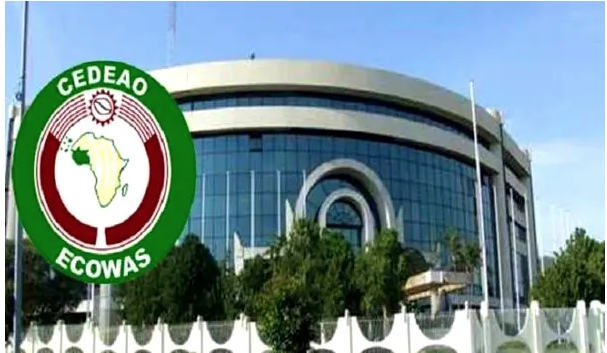
US Invasion of Venezuela: ECOWAS Urges Restraint, Backs Dialogue
By: Michael Mike
The Economic Community of West African States (ECOWAS) has expressed concern over the recent developments in the Bolivarian Republic of Venezuela, calling on all parties to exercise restraint and respect international law.
In a statement issued in Abuja on Sunday, ECOWAS acknowledged the right of states to combat international crimes such as terrorism and drug trafficking but stressed that such efforts must be carried out in line with established principles of international law.
The regional bloc reminded the international community of the obligation to respect the sovereignty and territorial integrity of all nations, as provided under Article 2(4) of the United Nations Charter.
ECOWAS said it fully aligns with the African Union’s position, articulated in a statement released on 3 January 2026, which urged restraint and encouraged inclusive dialogue among the people of Venezuela as a means of addressing the country’s challenges.
The statement comes amid heightened tensions in Venezuela following reports of foreign military actions and growing international reactions to the evolving security and political situation in the South American country. Venezuela has in recent years faced prolonged political instability, economic hardship, and international pressure, leading to sharp divisions both domestically and globally over how best to address the crisis.
ECOWAS reiterated its solidarity with the Venezuelan people and called on all states to respect Venezuela’s independence and territorial integrity. The bloc expressed support for efforts by Venezuelans to determine the future of their country through an inclusive and peaceful process.
The West African regional body joins a growing list of international and regional organisations advocating de-escalation and dialogue as tensions continue to draw global attention.
US Invasion of Venezuela: ECOWAS Urges Restraint, Backs Dialogue
News
Troops neutralise seven terrorists, rescue hostages in Borno
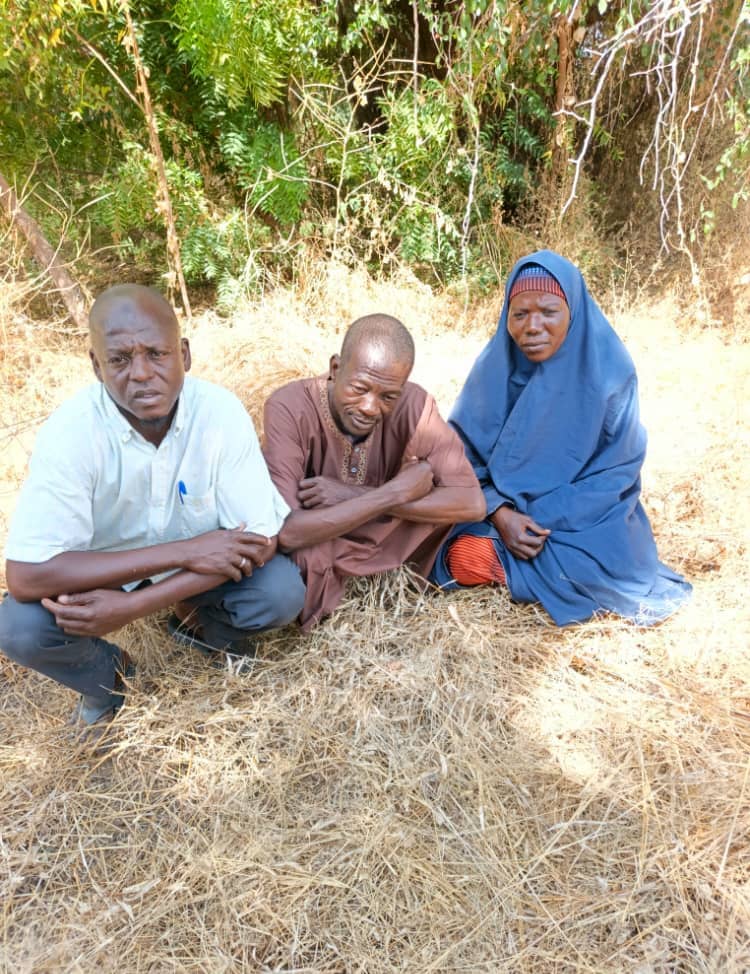
Troops neutralise seven terrorists, rescue hostages in Borno
By: Zagazola Makama
Troops of Joint Task Force (North East), Operation Hadin Kai, have neutralised seven terrorists and rescued three abducted persons during coordinated clearance and ambush operations in Konduga Local Government Area of Borno.
Zagazola Makama reliably informed that the latest encounters occurred in the early hours of Saturday under Operation Desert Sanity V.
According to the sources, troops operating in conjunction with members of the Hybrid Force and Civilian Joint Task Force (CJTF) made contact with terrorists at about 4:40 a.m. at Sojiri, a known terrorist crossing point in Konduga LGA.
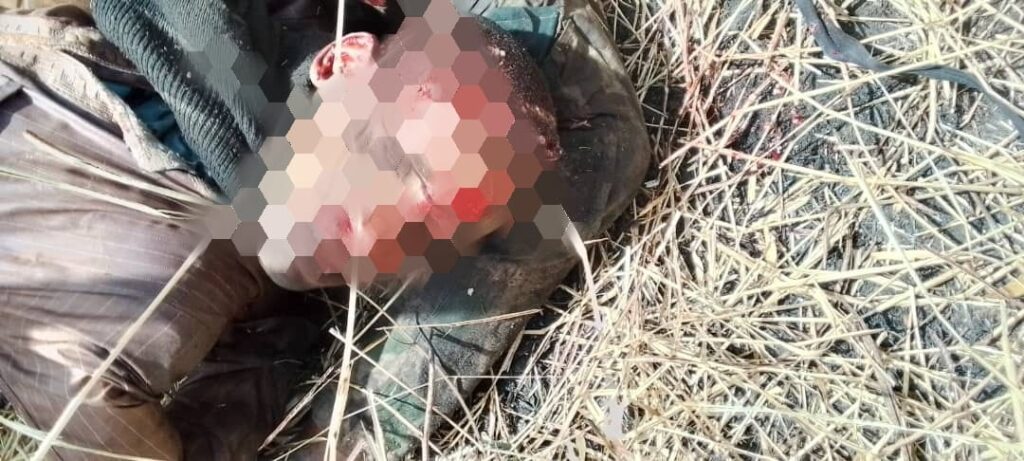
“During the firefight, five terrorists were neutralised, while three hostages kidnapped by the terrorists were successfully rescued. One AK-47 rifle was also recovered,” the sources said.
They added that no casualty was recorded on the side of own troops, with no personnel killed, wounded or missing.
In a related operation, the main advancing force into terrorist territory was reported to be about four kilometres short of the crossing point at Kana after commencing movement from a harbour position.
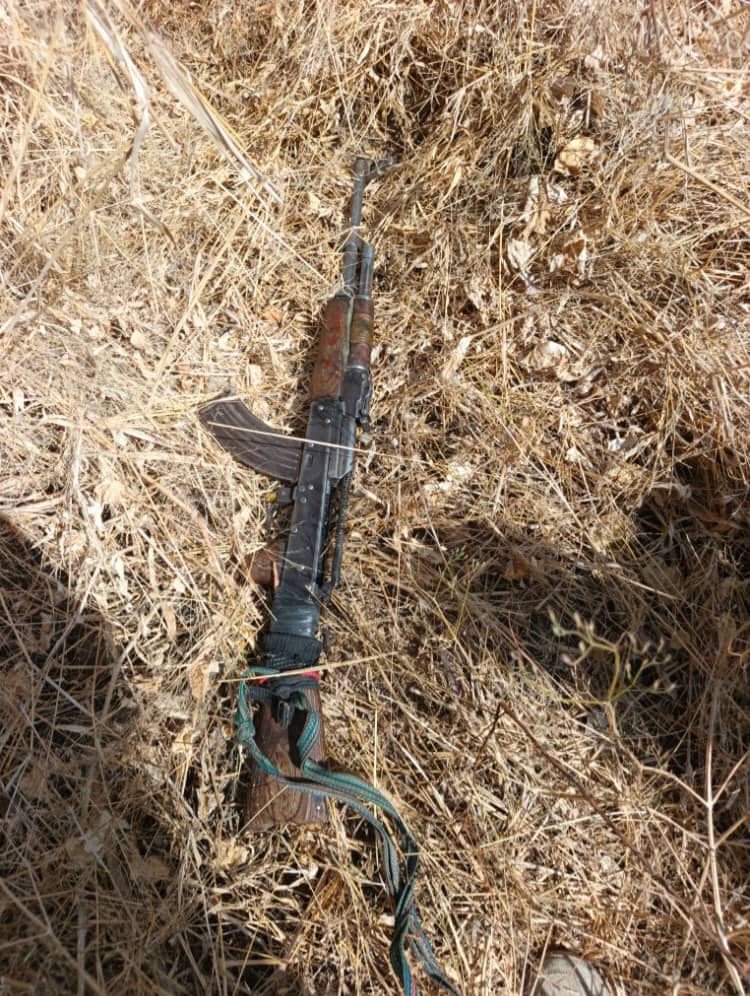
The sources said contact was made by an ambush team between Meleri and Ngirbua, where two additional terrorists were neutralised and one AK-pattern rifle recovered.
Zagazola reports that Operation Desert Sanity V is part of sustained offensive actions by the Nigerian military aimed at degrading terrorist networks, blocking movement corridors and rescuing abducted civilians across the North East.
Troops neutralise seven terrorists, rescue hostages in Borno
-

 News2 years ago
News2 years agoRoger Federer’s Shock as DNA Results Reveal Myla and Charlene Are Not His Biological Children
-

 Opinions4 years ago
Opinions4 years agoTHE PLIGHT OF FARIDA
-

 News9 months ago
News9 months agoFAILED COUP IN BURKINA FASO: HOW TRAORÉ NARROWLY ESCAPED ASSASSINATION PLOT AMID FOREIGN INTERFERENCE CLAIMS
-

 Opinions4 years ago
Opinions4 years agoPOLICE CHARGE ROOMS, A MINTING PRESS
-
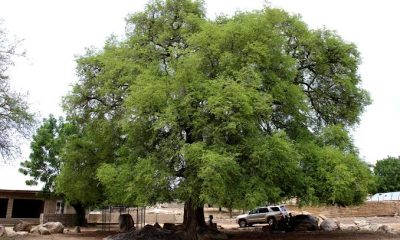
 News2 years ago
News2 years agoEYN: Rev. Billi, Distortion of History, and The Living Tamarind Tree
-
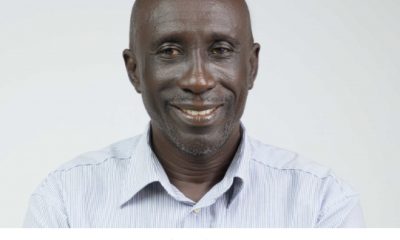
 ACADEMICS2 years ago
ACADEMICS2 years agoA History of Biu” (2015) and The Lingering Bura-Pabir Question (1)
-
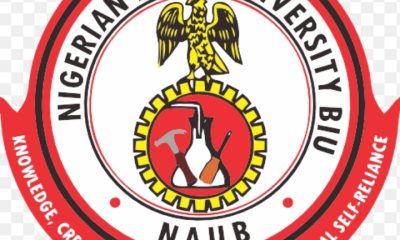
 Columns2 years ago
Columns2 years agoArmy University Biu: There is certain interest, but certainly not from Borno.
-

 Opinions2 years ago
Opinions2 years agoTinubu,Shettima: The epidemic of economic, insecurity in Nigeria





